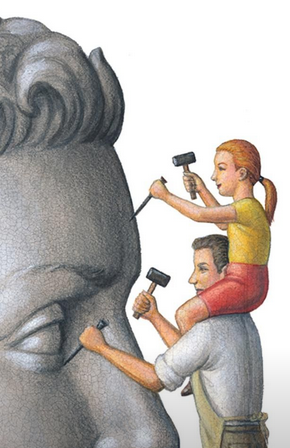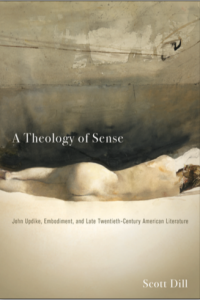 In her post-conference report to the Faculty of Philology and board of The John Updike Society, director Biljana Dojčinović, Professor, Dept. of Comparative Literature and Theory of Literature, Faculty of Philology, University of Belgrade, noted that the conference was well covered by Serbian media:
In her post-conference report to the Faculty of Philology and board of The John Updike Society, director Biljana Dojčinović, Professor, Dept. of Comparative Literature and Theory of Literature, Faculty of Philology, University of Belgrade, noted that the conference was well covered by Serbian media:
On May 26, a teaser on the “Updike & Politics” panel at the National Library appeared in the cultural supplement of the newspaper Politika, along with the first part of an interview John Updike gave them when he visited in 1978.
On May 27, Dojčinović appeared on TV N1 to talk about the conference on the live morning show with journalist Maja Sikimić.
On May 29, Dojčinović appeared on TV Studio B to talk about the conference on the live morning show with journalist Sanja Lubardić.
On May 31, Dojčinović was a guest on RTS, Cultural Daily.
On June 1, Ian McEwan was featured in an RTS, Dnevnik-Daily news story.
On June 2, Politika published the second installment of the John Updike interview.
On June 3, journalist Marina Vulićević interviewed James Schiff for Politika and an interview with Ian McEwan also appeared.
On June 4, Politika posted an interview with McEwan.
On June 5, the National Library of Serbia posted photos on their Facebook page.
On June 6, the Cultural Center ran a 17-minute segment (it begins at 37:43) on the conference featuring brief remarks by Dojčinović and society president James Plath.
On June 14, Politika ran an interview by Marina Vulićević featuring Michael Updike.











